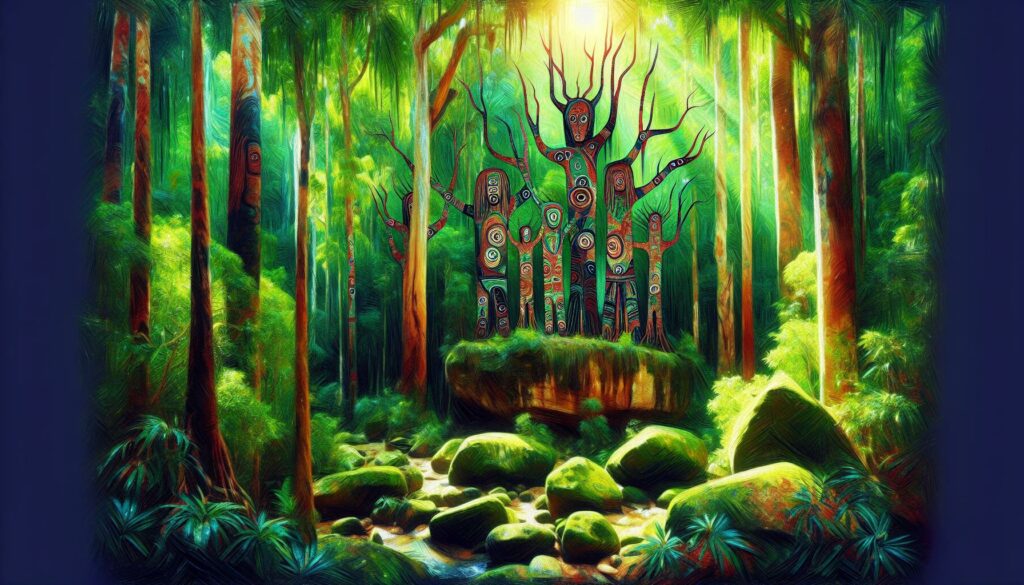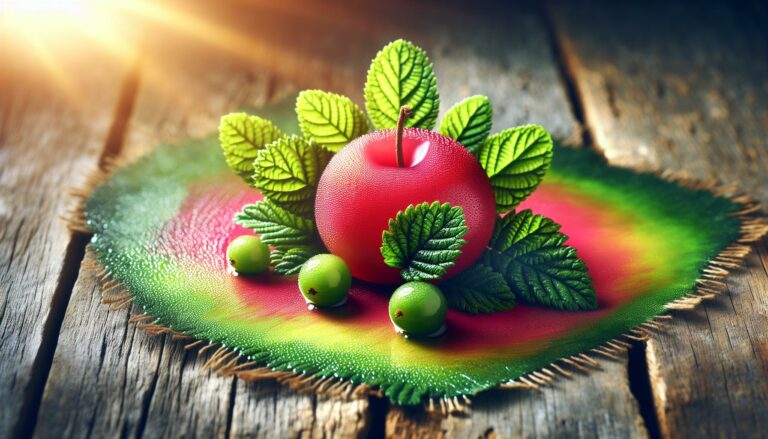I’ve always been fascinated by the depth of Aboriginal folklore, and the Quinkan Spirits are a captivating part of these ancient stories. Originating from the lush rainforests of Queensland, these spirits embody the rich cultural heritage and spiritual beliefs of the local Aboriginal communities.
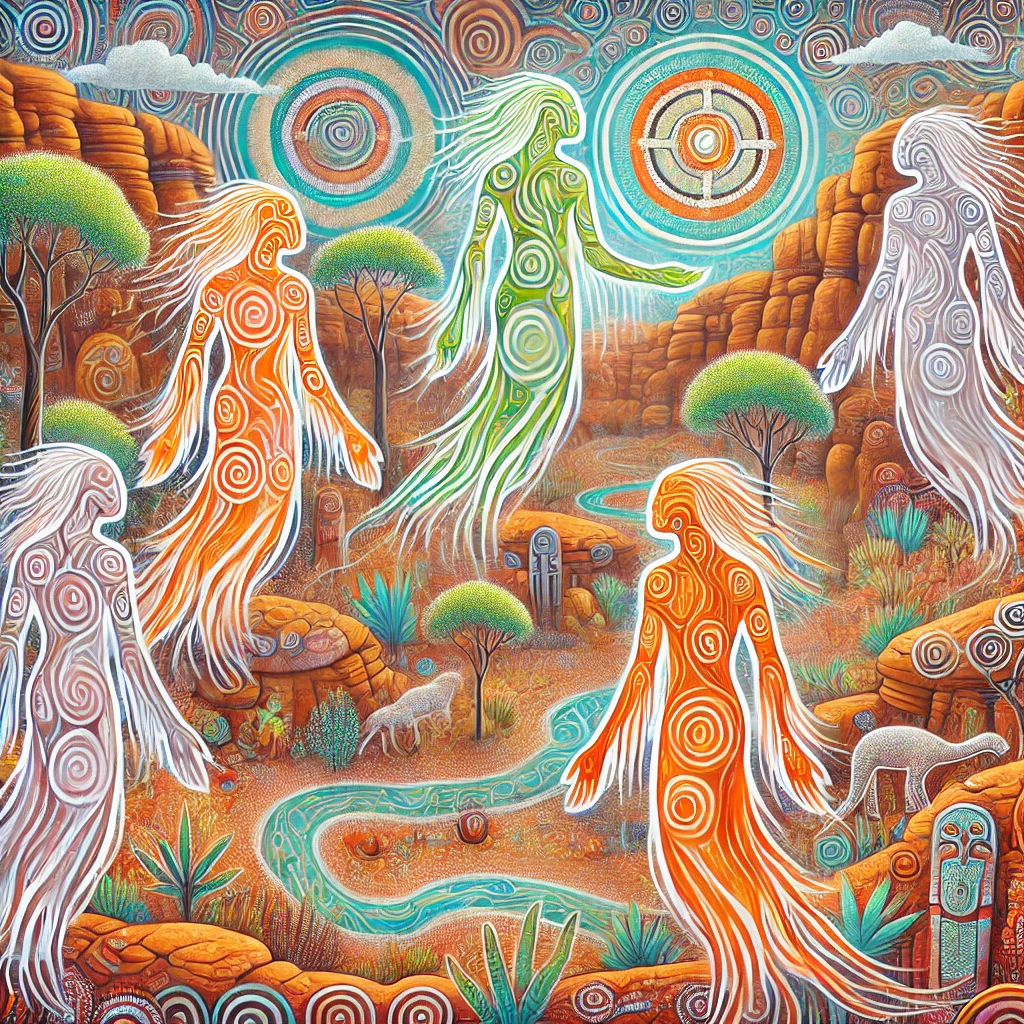
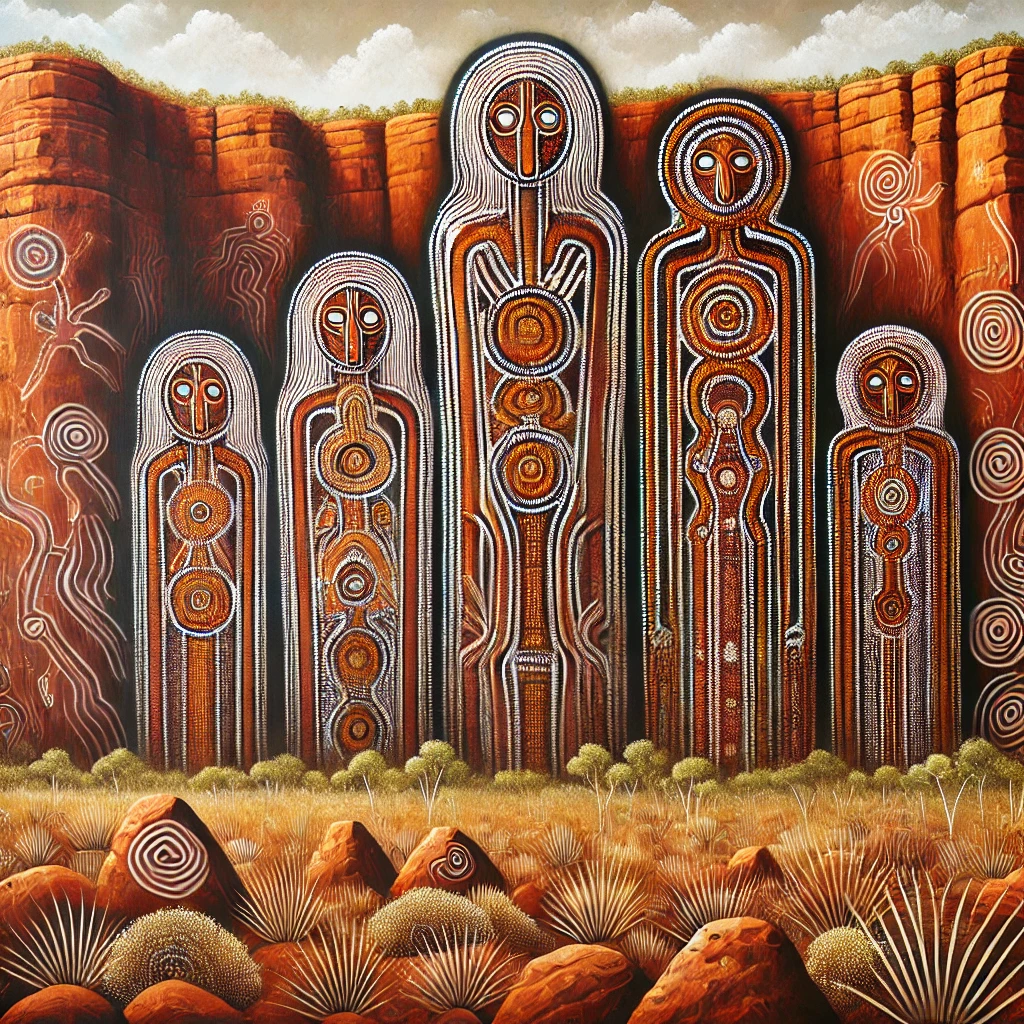
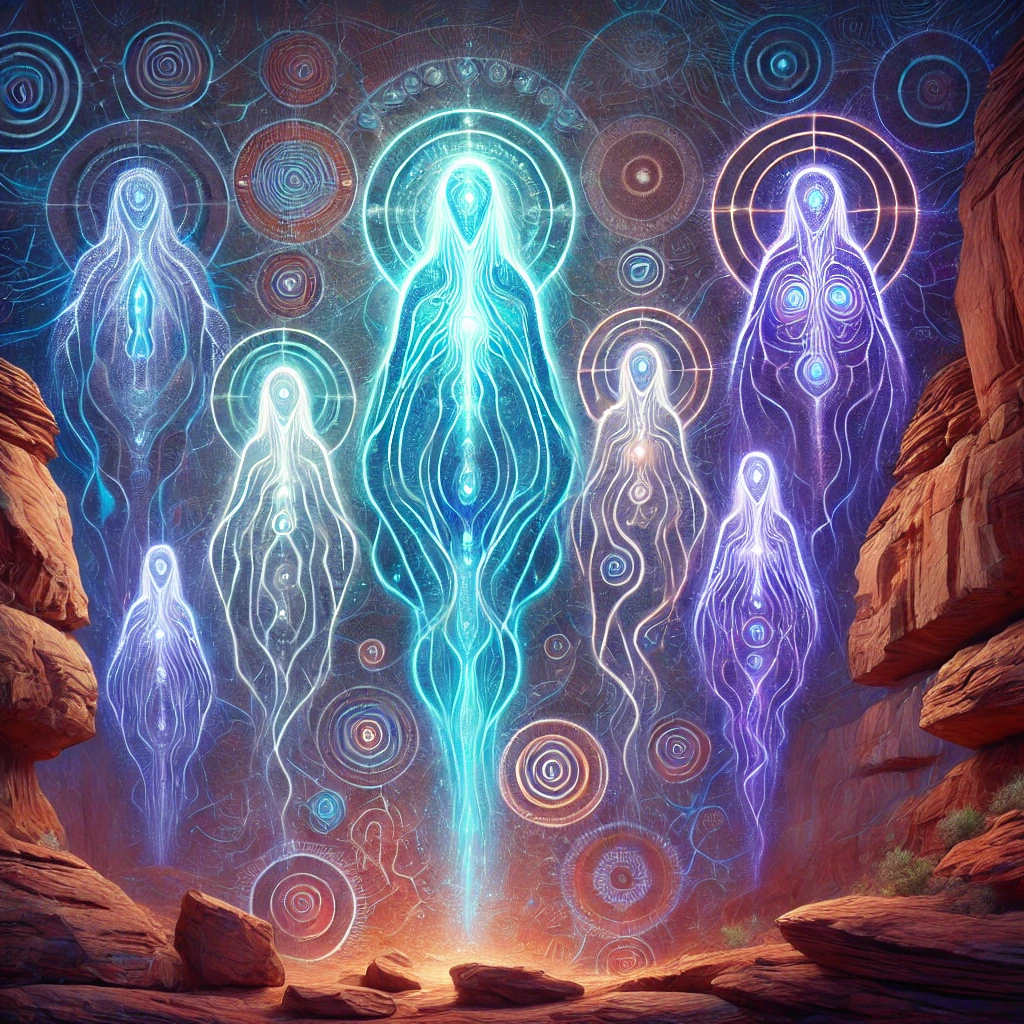
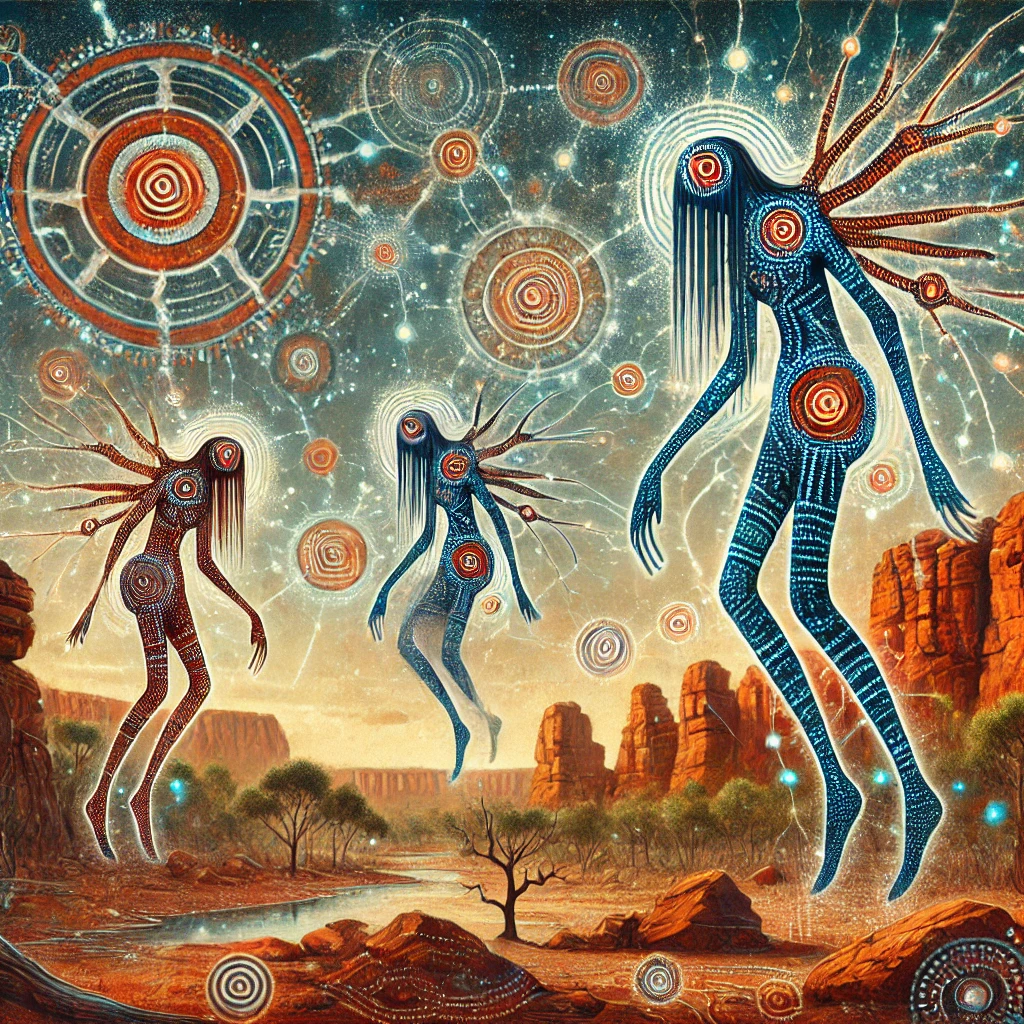
Exploring who the Quinkan Spirits are reveals the profound connection between the land and its people. Their legends not only showcase the storytelling mastery of Aboriginal culture but also highlight the values and traditions that have been passed down through generations. Delving into these tales offers a unique insight into the intricate mythology that shapes Aboriginal identity and their enduring relationship with nature.
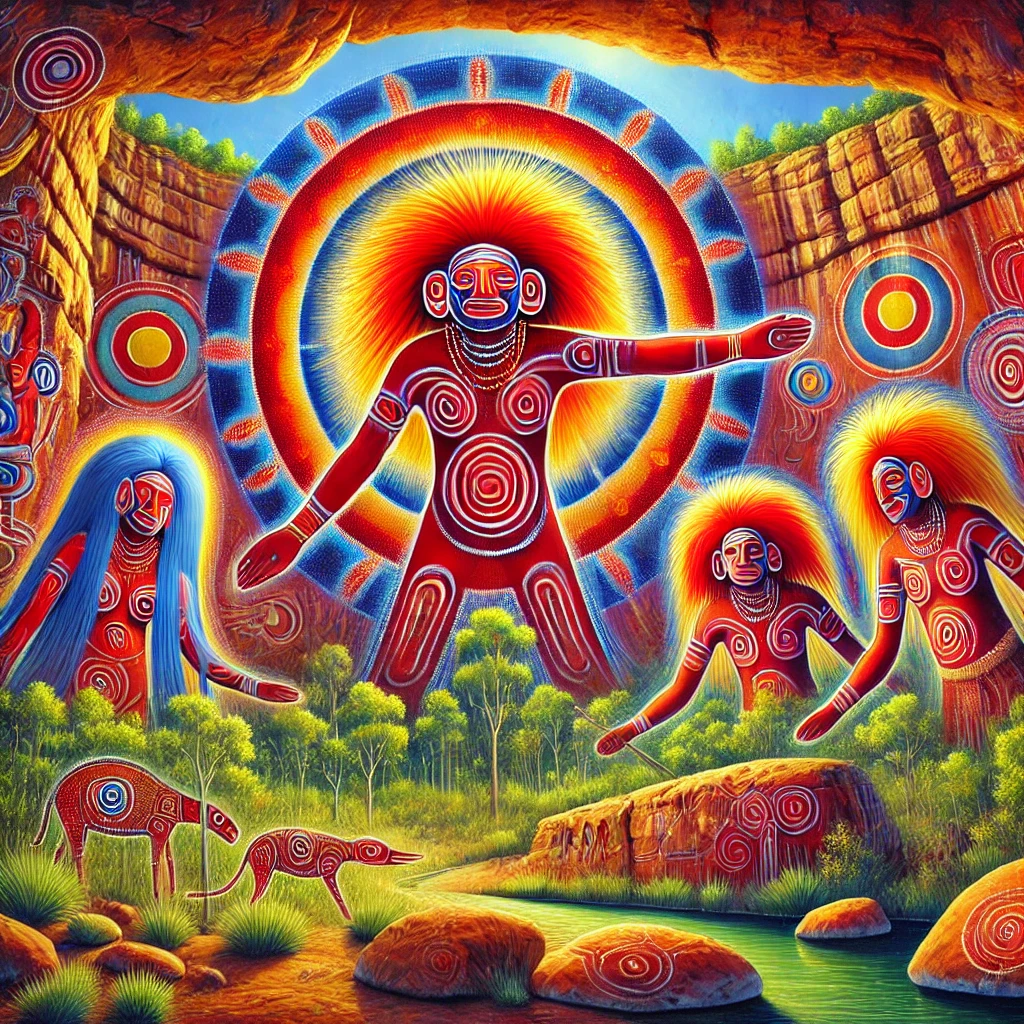

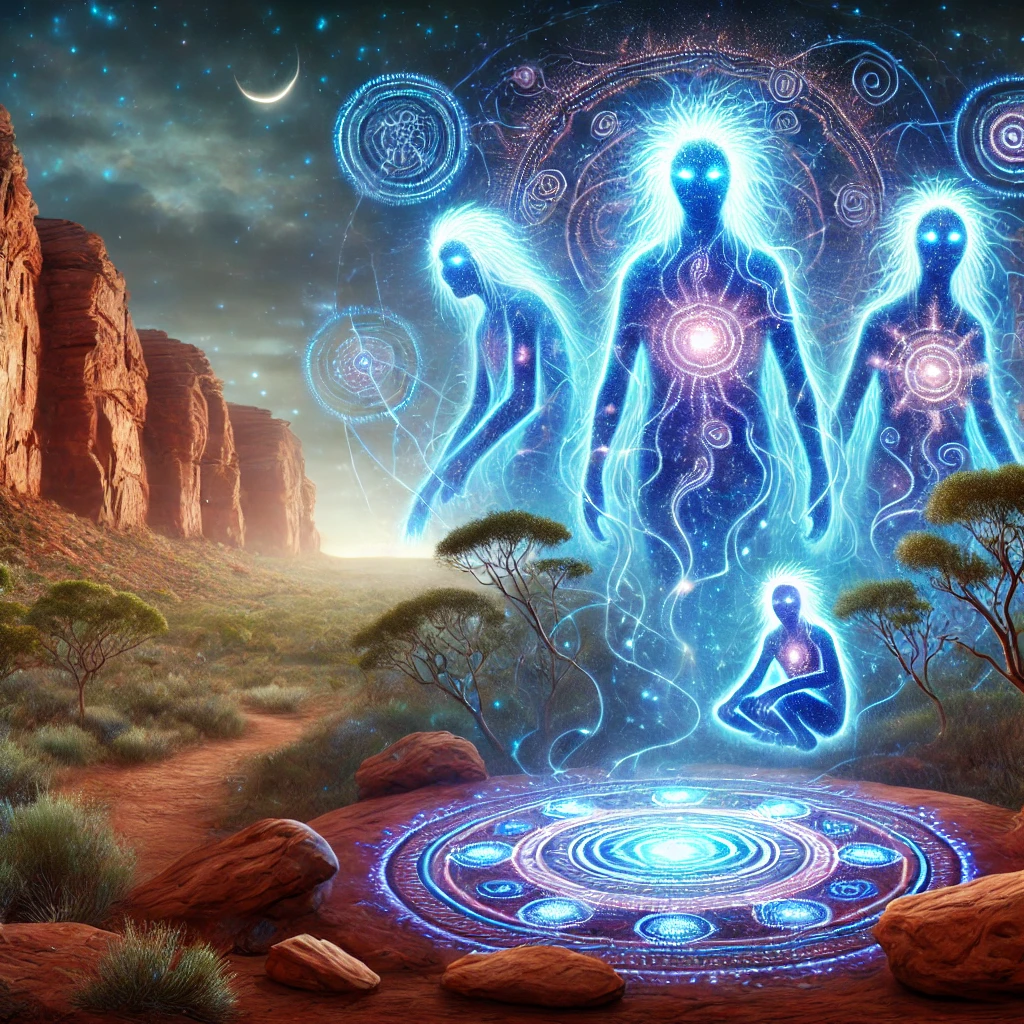

Overview of Quinkan Spirits
Quinkan Spirits are central to the folklore of Queensland’s Aboriginal communities. These figures are intricately portrayed in ancient rock art, reflecting their profound cultural and spiritual significance.
Origins in Aboriginal Lore
Quinkan Spirits emerge from the Dreamtime narratives of Queensland’s indigenous peoples. These stories, orally transmitted across generations, encapsulate the creation myths and foundational beliefs of the community. The rainforest environment heavily influences these legends, with Quinkans often associated with specific natural landmarks and features.
Cultural Significance
Quinkan Spirits symbolize the deep connection between Aboriginal people and their land. They embody various roles and behaviors that convey moral lessons and societal values. Key aspects include:
- Protective Figures: Timara spirits guard children, ensuring their safety within the community.
- Tricksters: Some Quinkans engage in mischievous activities, teaching lessons through their actions.
- Malevolent Entities: Turramulli, no-necked giants, represent danger and caution, highlighting the need for respect towards the natural world.
These spirits not only enrich storytelling traditions but also reinforce the cultural identity and spiritual beliefs of Aboriginal communities.
Characteristics of Quinkan Spirits
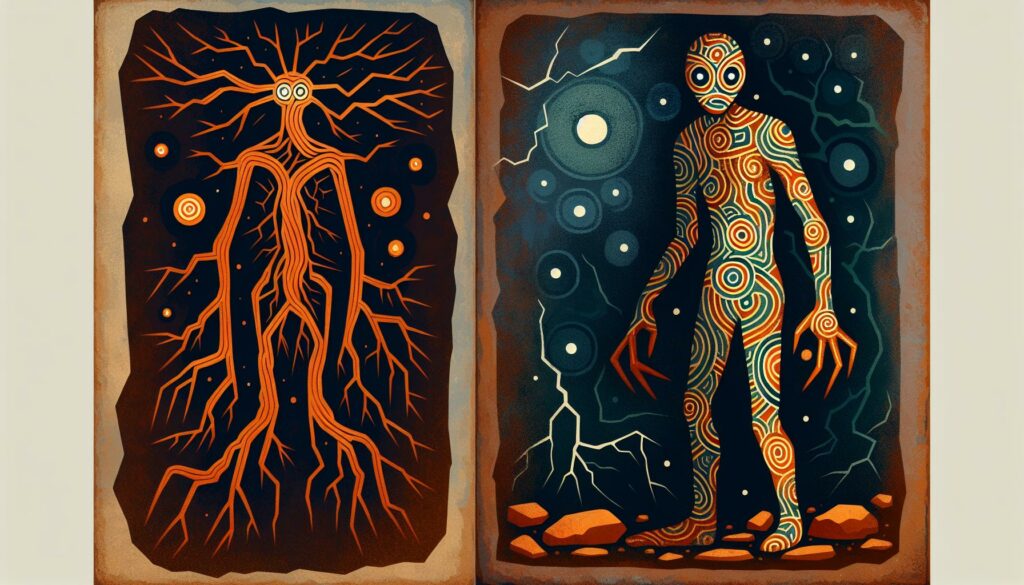
Quinkan spirits exhibit distinct features that reflect their roles in Aboriginal folklore.
Physical Appearance
Quinkan spirits appear in ancient rock art as abstract, vaguely humanoid figures. Their bodies stretch and elongate beyond natural proportions, creating a surreal presence in the artwork.
- Timara: Timara are tall and slender, embodying benevolence. Their limbs extend like gum tree branches, and their eyes emit a soft, moonlit glow.
- Imjim (Anurra): Imjim are shorter and more hunched, often representing malevolence. Their compact forms contrast with the graceful Timara, highlighting their differing natures.
Stories and Legends
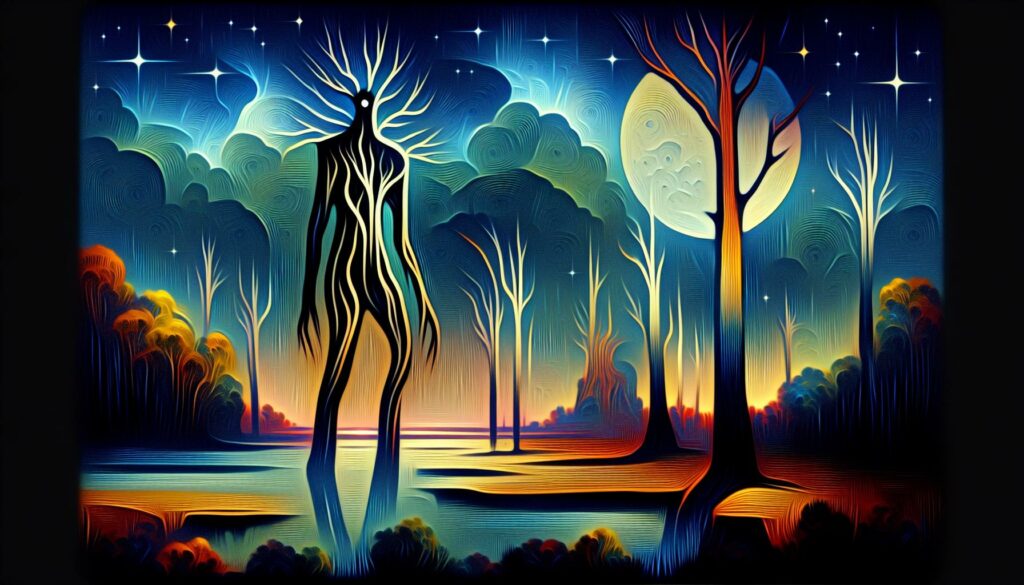
Quinkan Spirits feature prominently in various Aboriginal narratives, each embodying distinct aspects of cultural beliefs and values.
Notable Quinkan Narratives
- Timara: Protective guardians of children, depicted as tall and slender with limbs resembling gum tree branches. Their eyes emit a soft, moonlit glow, symbolising benevolence and safety.
- Turramulli: No-necked giants representing danger and the necessity of respecting nature. These malevolent entities serve as cautionary figures in stories, emphasizing the consequences of disrespecting the environment.
- Imjim (Anurra): Shorter, hunched spirits often embodying malevolence. Their compact forms highlight the contrasting nature of these spirits compared to the benevolent Timara, illustrating the duality within Quinkan narratives.
Moral and Ethical Lessons
Quinkan narratives impart essential lessons about community and the natural world. They emphasise respect for the environment, highlighting the importance of living harmoniously with nature. Protective spirits like Timara teach the value of safeguarding family and community, while figures like Turramulli caution against actions that disrupt the balance of the ecosystem. These stories reinforce societal values, promoting ethical behaviour and responsibility towards both people and the land.
Contemporary Relevance
Quinkan Spirits continue to play a vital role in the cultural landscape of Aboriginal communities today. Their significance extends beyond traditional narratives, influencing contemporary practices and identity.
Influence on Modern Aboriginal Identity
Quinkan Spirits shape modern Aboriginal identity by reinforcing cultural continuity and pride. Aboriginal artists incorporate their imagery into contemporary art, bridging ancient traditions with present expressions. Educational programs teach the stories of Quinkan Spirits, fostering a sense of heritage among younger generations. Community ceremonies honour these spirits, strengthening communal bonds and cultural resilience. Additionally, Quinkan narratives inspire literature and media, highlighting Aboriginal perspectives in broader cultural dialogues.
Preservation and Revival Efforts
Efforts to preserve Quinkan Spirits involve protecting ancient rock art and promoting cultural education. Government and local organisations collaborate to safeguard Quinkan Country, preventing damage from development and tourism. Digital archiving projects document rock art, ensuring accessibility for future generations. Workshops and cultural programs revive traditional storytelling methods, keeping the legends of Quinkan Spirits alive. Furthermore, partnerships with Indigenous leaders support initiatives that celebrate and maintain the spiritual and cultural significance of Quinkan Spirits within Aboriginal communities.
Representation in Art and Media
Quinkan Spirits are vividly portrayed in both ancient and contemporary artistic mediums. Traditional rock art in the Laura Basin region features Quinkan figures, with artwork ages ranging from 15,000 to 40,000 years. These depictions include:
- Timara: Tall, slender guardians of children.
- Imjim (Anurra): Short, fat figures that mimic kangaroo movements at night.
- Turramulli: No-necked giants symbolising malevolent forces.
| Artwork Age (Years) | Region |
|---|---|
| 15,000 – 40,000 | Laura Basin |
In modern media, Aboriginal artists integrate Quinkan imagery into paintings and sculptures, maintaining cultural narratives. Educational programmes incorporate Quinkan stories to educate younger generations about their heritage. Community ceremonies continue to honour these spirits, reinforcing cultural identity and resilience. Preservation efforts focus on protecting ancient rock art and promoting cultural education through collaborations with government and local organisations.
Key Takeaways
- Central to Queensland Aboriginal Folklore: Quinkan Spirits embody the deep cultural and spiritual connections of Aboriginal communities to the Queensland rainforests.
- Rooted in Dreamtime Narratives: Originating from Dreamtime stories, these spirits reflect the rich storytelling traditions and foundational beliefs of Indigenous Australians.
- Diverse Roles and Symbolism: Spirits like Timara, Imjim, and Turramulli represent protective guardians, tricksters, and cautionary figures, conveying essential moral and ethical lessons.
- Influence on Modern Aboriginal Identity: Quinkan Spirits continue to shape contemporary Aboriginal identity through art, education, and community ceremonies, ensuring cultural continuity.
- Ongoing Preservation Efforts: Initiatives to protect ancient rock art and promote cultural education are vital in maintaining the legacy and significance of Quinkan Spirits today.
Conclusion
Exploring the Quinkan Spirits has deepened my appreciation for the rich tapestry of Aboriginal folklore. These spirits not only reflect the intricate connection between the people and their land but also highlight the enduring cultural wisdom embedded in their stories.
Witnessing how ancient legends continue to influence modern practices and artistic expressions is truly inspiring. It’s clear that the Quinkan Spirits play a vital role in maintaining cultural identity and fostering a sense of community pride.
Preserving these traditions ensures that future generations remain connected to their heritage. Embracing the stories of the Quinkan Spirits allows us to honour the past while enriching our understanding of Aboriginal culture today.
Frequently Asked Questions
What are the Quinkan Spirits?
Quinkan Spirits are significant figures in Aboriginal folklore from Queensland’s rainforests. They emerge from Dreamtime narratives and represent various creation myths and foundational beliefs. These spirits embody the deep connection between Aboriginal people and their land, serving as protective guardians, mischievous tricksters, and cautionary figures that teach moral and societal values.
What is the cultural significance of the Quinkan Spirits to Aboriginal communities?
The Quinkan Spirits symbolize the profound relationship between Aboriginal people and their environment. They convey essential moral lessons, promote respect for nature, and reinforce societal values. By embodying roles that range from protectors like Timara to malevolent entities like Turramulli, these spirits help maintain cultural identity and continuity, fostering community pride and resilience.
How are the Quinkan Spirits depicted in art?
Quinkan Spirits are intricately portrayed in ancient rock art found in the Laura Basin region, with depictions dating back 15,000 to 40,000 years. Artists illustrate Timara as tall and slender with gum tree-like limbs, Imjim (Anurra) as shorter and hunched figures, and Turramulli as no-necked giants. Contemporary Aboriginal artists continue this tradition, integrating Quinkan imagery into modern artworks to preserve and educate about their cultural heritage.
What roles do different Quinkan Spirits play in Aboriginal folklore?
Quinkan Spirits embody various roles that teach and uphold societal values. Timara are protective guardians of children, Imjim (Anurra) often act as mischievous tricksters, and Turramulli represent malevolent forces that signify dangers and the need for respect towards nature. These roles help convey moral and ethical lessons, emphasizing the importance of living harmoniously with the environment.
How are the stories of the Quinkan Spirits preserved in modern times?
Today, the Quinkan Spirits remain integral to Aboriginal cultural practices. Their stories are taught in educational programmes and community ceremonies, ensuring that younger generations learn and appreciate their heritage. Preservation efforts include protecting ancient rock art, digital archiving, and collaborative projects between governments and local organisations to safeguard Quinkan Country and maintain the relevance of these legends.
Where can one see representations of the Quinkan Spirits?
Representations of Quinkan Spirits can be found in ancient rock art within Queensland’s Laura Basin region. Additionally, modern Aboriginal artists feature Quinkan imagery in contemporary artworks displayed in galleries and community spaces. Educational programmes and cultural ceremonies also showcase these spirits, allowing both community members and visitors to engage with and learn about their rich cultural significance.
Why are preservation efforts important for the Quinkan Spirits?
Preservation efforts are crucial to maintain the cultural heritage and spiritual beliefs of Aboriginal communities. Protecting ancient rock art and promoting cultural education ensures that the stories and significance of the Quinkan Spirits are not lost. Collaborations between government and local organisations, along with digital archiving and storytelling workshops, help sustain the traditions and reinforce the cultural identity of Aboriginal peoples.
Author

Josh Morley holds a Bachelor’s degree in Theology from the Trinity School of Theology and a Diploma in Theology from the Bible College of Wales. His academic journey involved interfaith community projects and supporting international students, experiences that shaped his leadership and reflective skills. Now based in Liverpool, Josh is also the founder of Marketing the Change, a digital agency specializing in web design and marketing.
View all posts

